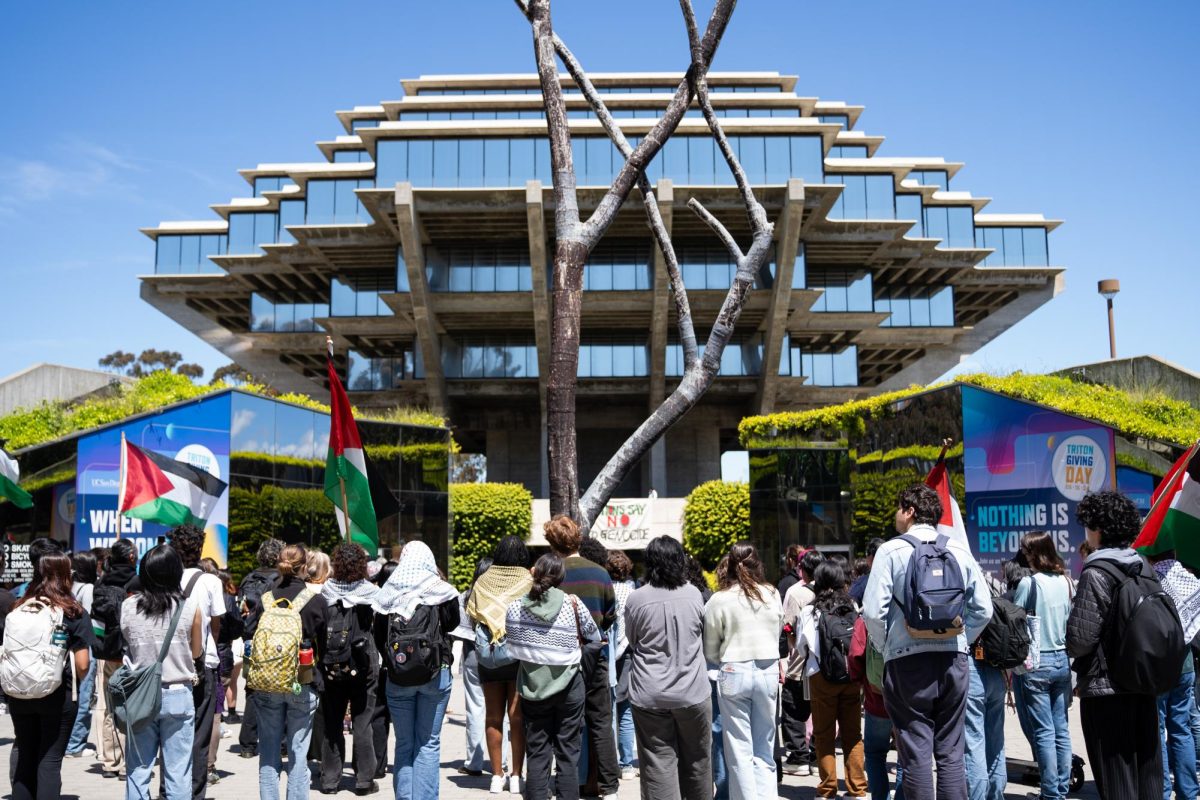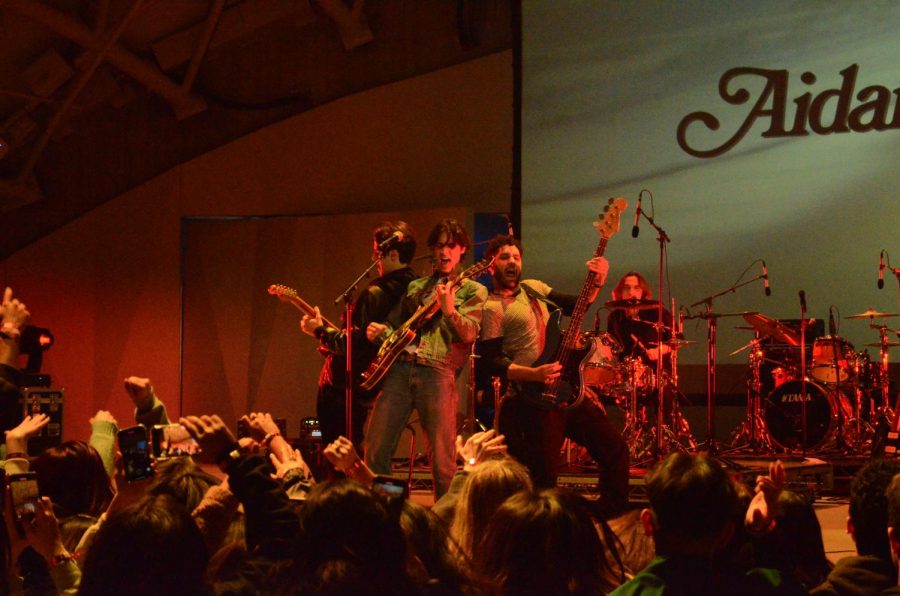After 26 consecutive years at UCSD, the San Diego Chargers announced last week that this summer will be the final year the team trains on campus.
The Chargers, who have used the northern half of RIMAC field and the adjacent Spanos Athletic Training Facility during the summer months, will move into a new facility on the California State University Dominguez Hills campus in Carson, Calif., immediately preceding the 2003 season.
The new facility will be part of a larger sports complex, which, when completed, will include a 27,000-seat soccer stadium for the Los Angeles Galaxy of Major League Soccer, as well as a 13,000-seat tennis stadium that will host the Pete Sampras Tennis Academy.
John Butler, general manager of the Chargers, explained the reasons behind the team’s move.
“”Our goal is to win a championship, and the environment at training camp plays a key role in building a winning team,”” Butler stated in a press release. “”Team chemistry and camaraderie are formed during the tough days of camp. By taking the team away from familiar surroundings and personal distractions, it helps the players focus on the task at hand. They spend time together and bond as a team.””
The Chargers first came to UCSD in the summer of 1976 when they trained on what is now Warren Field. In 1988, team owner Alex Spanos donated a $1.1 million training facility to the university to improve campus athletic facilities. Today, the Spanos Athletic Training Facility serves as the summer home of the Chargers and also several of UCSD’s sporting teams, coaching staffs and recreation classes.
Zelda McLeish, assistant director of sports facilities at UCSD, said the Chargers will be missed.
“”It’s unique that we’re able to — just on the other side of a fence — have recreational play right there on the same playing field as an NFL team. That, I think we’ll miss.””
In exchange for donating the Spanos Athletic Training Facility to the university more than a decade ago, the school has allowed the Chargers to train on RIMAC field for free during the summer. Consequently, the financial impact on UCSD caused by the loss of the Chargers starting in 2003 is expected to be minor.
One area affected by the Chargers’ eventual departure is UCSD Housing & Dining Services, which rents apartments from Thurgood Marshall College to team personnel each summer. Additionally, this service has provided members of the team with their daily meals from Oceanview Terrace restaurant while training camp is in session at UCSD.
With the anticipated loss of the Chargers during the summer months of each year, H&DS will need to find new tenants to occupy the on-campus apartments vacated by the team, something that is necessary to avoid raising student fees during the academic year.
Mark Cunningham, director of H&DS, does not foresee any problems.
“”We’re going to miss [the Chargers],”” Cunningham said. “”We’ve had a great relationship … but, to be honest, we will fill in with other conferences and probably actually be able to make as much or more business during the summer.””
UCSD will also enjoy greater access to its athletic fields once the Chargers leave, McLeish said.
“”If recreational programs want to expand more in the summer time, they’re not going to be limited because we have to close down the north half [of RIMAC field] by Memorial Day weekend,”” he said.
In addition, UCSD athletic teams will benefit from the Chargers’ departure since many teams, such as women’s soccer, need to start their training in early August, when RIMAC field has traditionally been occupied by the Chargers.
The Chargers will start their final training camp at UCSD on July 22 and conclude by August 21. Although security prevents fans from entering RIMAC field while the Chargers practice, fans are permitted to watch the daily workouts from the perimeter fences.







